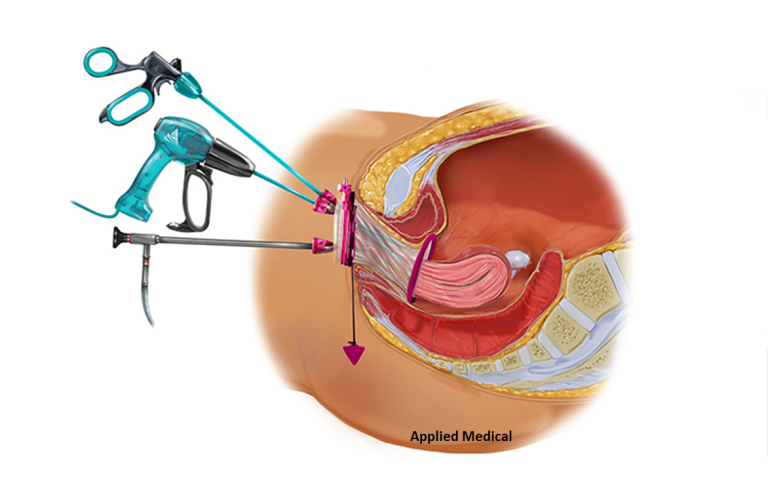Labor and Delivery
- Labor
It usually starts spontaneously between week 37 and week 42.
How to know that you are having true contractions:
True contractions:
– Come every few minutes
– Are frequent
– They get more painful by time
– You feel them in front and in your back
False labor pain:
there are another type of contractions called braxton hicks.
They happen during pregnancy specially towards the end.
They are usually:
– Mild in intensity.
– Do not get stronger by time.
– You can feel them only in front.
– Disappear on their own.
It may be associated with increased mother activity and after intercourse.
And they disappear with drinking fluids, rest, and warm shower.
How do you know that labor has started:
If you have:
– Contractions. Your contractions are 5-10 minutes apart.
– Your water breaks, which is the sac surrounding your baby. It is a gush of water that you can not control. The water is pale in color and big in amount.
– Increase in vaginal discharge (mucus with blood).
– You feel that the baby moved lower.
When these signs are present, you should go to the emergency room, as your condition will be assessed and the specialized doctor will be called .
You need more medical attention in case of:
– Your water is smelly or colored.
– You are losing more blood with the mucus discharge.
During labor:
Your uterus starts to tighten and contract (it feels like extreme period pain), and the cervix softens and dilate.
The baby starts moving from the uterus towards the vagina.
Labor usually takes longer if it is the first baby, it might take up to 14 hours.
- Delivery:
During delivery:
When admitted to the delivery room, the medical team will:
1. Measure mother’s blood pressure, heart rate, body temperature, and breathing rate.
2. Do some tests such as Hemoglobin level of the mother
3. Give the mother intravenous fluids.
4. Deal with pain upon patient’s request
5. Monitor contractions, dilation and baby’s head movement down
Regarding eating and drinking during labor, it refers to the doctor decision based on the patient’s condition.
In case of vaginal delivery, when the cervix is fully dilated, the doctor will guide you when to start pushing the baby out. Pushing duration differs from one to another, it can last from minutes to hours.
The mother is capable to push the baby out in her own. But in some cases, she might need the doctor’s help to pull the baby out. Or, a c-section might be needed if failed.
- After delivery of the fetus:
– the umbilical cord will be cut.
– Placenta will be delivered.
– Some stitches might be done if needed.
After cleaning the baby, the nurse will put him/her on the mother’s chest to have skin to skin contact. That helps in breastfeeding and mother/baby attachment.
The mother is advised to breastfeed her baby within an hour after delivery.
Regarding the baby, it will be checked for heart rate, breathing, movement and skin color. And before leaving the hospital, general physical and blood tests will be performed in addition to a vaccine for hepatitis B And tuberculosis if you live in Saudi Arabia.
Warning signs:
You must go back to your doctor immediately or to the emergency room after leaving the hospital in the following cases:
– Increase in vaginal bleeding or clot
– Severe persistent headache
– Vision problem
– Dizziness or vomiting
– Fever
– Feeling depressed



